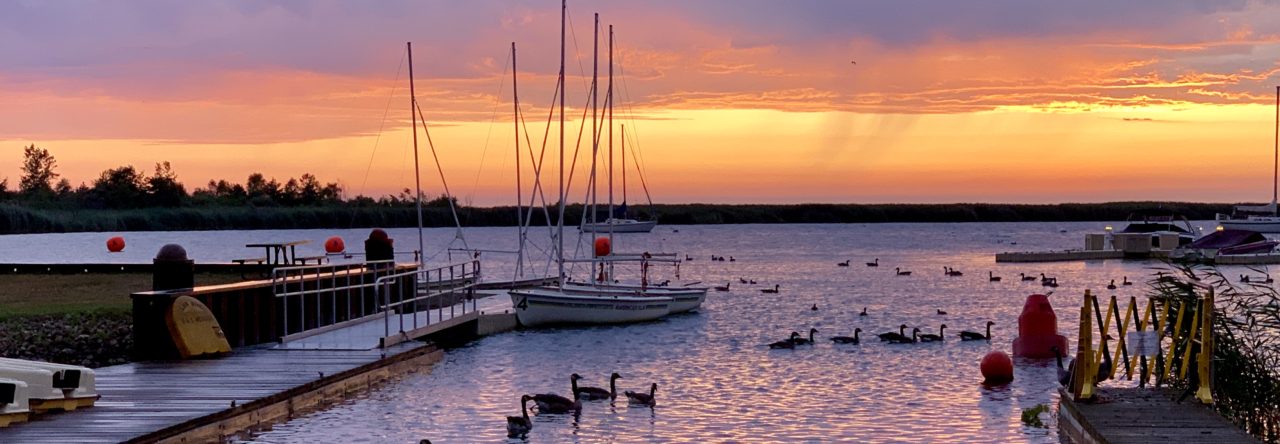On Saturday, Dina, her daughters, and I went on an ITT tour to Kamikochi. Kamikochi is a hiking area in the Japanese Alps. It is located in the Nagano prefecture and about a five hour bus ride from where we live.

Out guide gave us a map of the route we should follow during our hike. The hike was advertised as being a 6-7 mile flat and easy hike. We were also told to be watchful for monkeys, deer, and bears. We only saw monkeys.

The bus dropped us off around 9:30am. It was a clear and sunny morning. We all decided to leave our sweatshirts on the bus.

Our first point of interest was Taisho Pond. The views were stunning in the bright sunshine and the water was so clear.




Our next point of interest was Mt. Yakedake, an active volcano.

We continued along the nature trail and had our first monkey sighting. We were warned not to look them in the eye!



We continued along the trail and crossed a couple bridges and went past a shrine.






It wasn’t too much further when we saw our first bear sighting sign report. We appreciated the sign also being in English. Fortunately, the sighting was almost a month ago.

More beautiful views.



And soon we made it to the Kappa Bridge. We stopped briefly for a little souvenir shopping and for a quick lunch. I took this picture when we first arrived.

By the time we were leaving, the clouds had rolled in and it was starting to sprinkle. We had no rain gear or jackets. Fortunately, we were able to purchase new fleece for everyone! Here is the view from the Kappa Bridge.


And oh, was it ever windy! Here we all are decked out in our new fleece.

Being the super troopers that we are, we set out for the remainder of the hike. It was approximately 4 miles. In the light rain at first and then very heavy rain.




At one point we all started to have Mt. Fuji climbing flashbacks. Even though we didn’t climb Mt. Fuji on the same day, we had very similar experiences. Rain.
I took a quick recording of the rain sheets coming down.
We were completely unprepared for foul weather during this hike. Dina mentioned the irony of us not being prepared for rainy season especially after I discussed in yesterday’s blog! Live and learn and pack a rain coat. The turn around point was across the Myojin Bridge.


We made one more quick stop for energy aka Sake.

After this last stop, we quickly scampered back to the Kappa Bridge area where we would find the bus.



We had one more chance to see a monkey.
And another bear sighting report. When we realized how recent this sighting was and that we should be especially cautious in rain, we really started to scurry!

But first, one more selfie…

And me with my new Wabi-Sabi Sole SnapBack and fleece.

The day started out beautifully and turned into one of those days we will always remember. There was Eme almost falling in a puddle, no one having gear, and Dina getting snarled at by a monkey. Or maybe it was running back to warm up, playing tag, and silly science puns to keep us all laughing. Regardless, we made the entire hike (4 of the 6 people on the tour who did) and laughed more than we complained along the way!

























































































































































































































